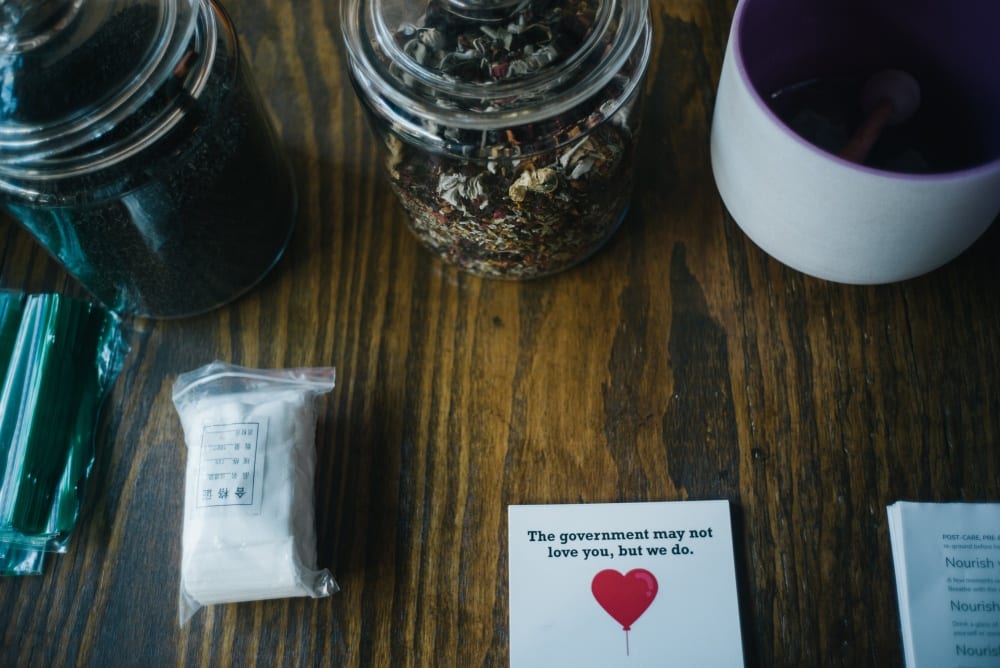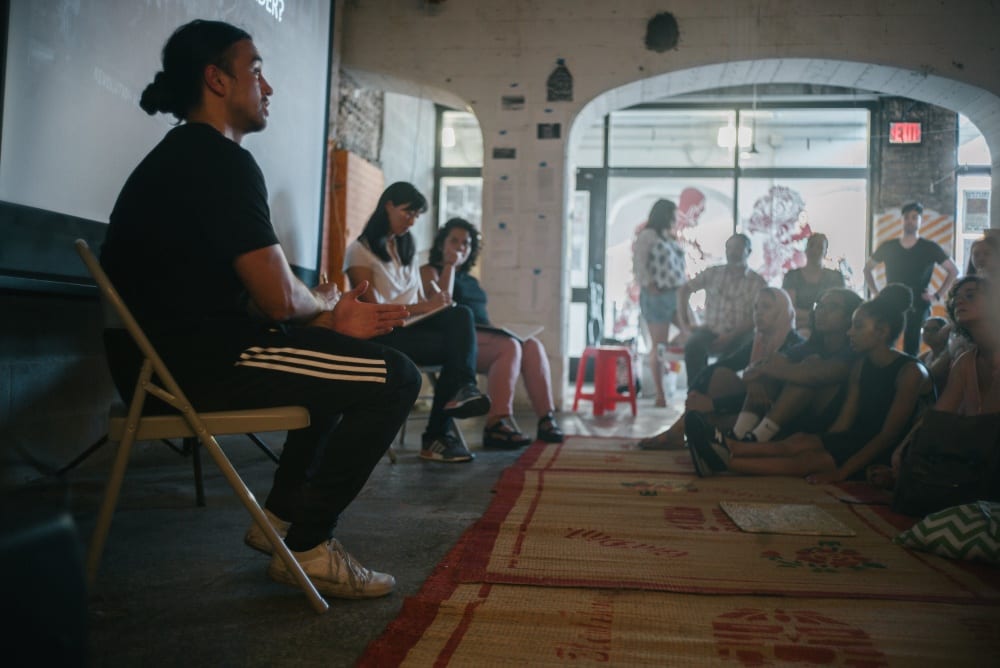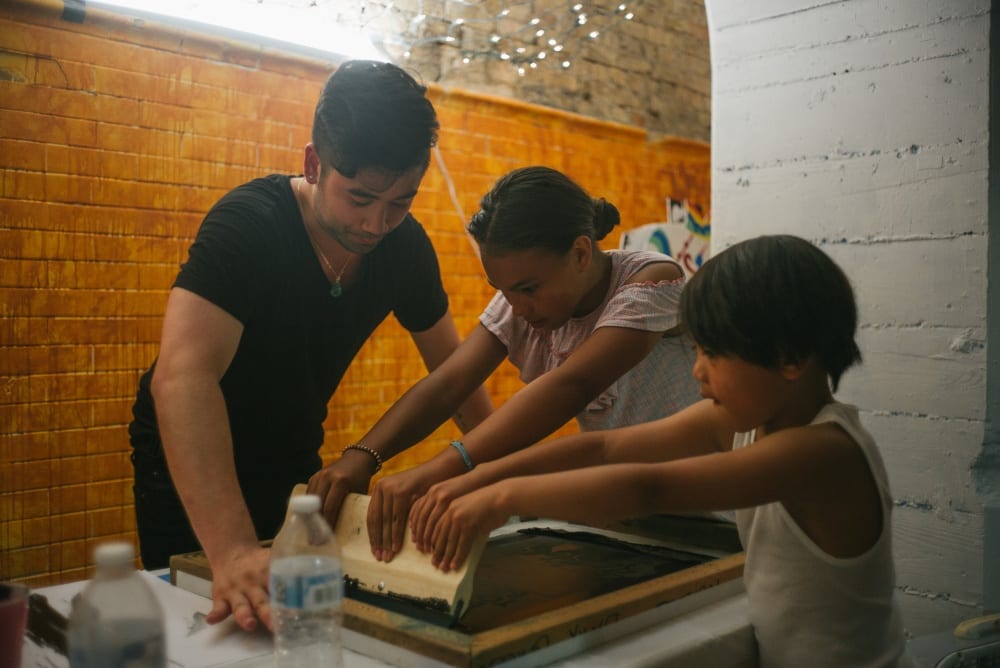The following essay by Patricia Nguyen is part of “Beyond Survival: Public Funding for the Arts and Humanities,” a call for reflections on and provocation about the precarious state of arts funding after decades of neoliberal economics and the long culture wars.
As a child of refugees, I grew up experiencing inequities embedded within the nonprofit industrial complex from being a recipient of social services to my father, who worked as a social worker/community organizer in the only Vietnamese organization in the Midwest in the late 1970s. I have witnessed firsthand how public funding determines the livelihood of the people who work in organizations dependent on that funding. Because of the lack of long-term financial investment in social programs, the livelihoods of immigrants, refugees, black people, and the poor and working class are always in flux and already precarious because of conditions of state violence and systemic lack of resources.

I have worked in nonprofit organizations focusing on arts education and human rights for over fifteen years in the United States, Brazil, and Vietnam. Public funding for the arts is consistently beholden to state agendas, censorship, surveillance, and rigid rubrics of evaluation to differing degrees globally. As a result, I cofounded Axis Lab, a community arts, food, and design organization that advocates for inclusive and equitable development for immigrants and refugees in a historic Southeast Asian neighborhood in Chicago. I started the organization as a way to build another model to create cultural work that critically responds to histories of violence and current conditions of social injustice facing communities of color in Chicago.

One of our most recent programs, “Rapid Response: Border Violence and Community Care,” was created in response to the current administration’s separation of families at the border. Our event included a teach-in, art stations, and community acupuncture. This event was run completely on volunteer labor, donations, and funds from our organization’s limited reserve. Funding for this type of programming is difficult to request and account for, especially due to conflicts with state-run funding organizations, and funding metrics/evaluations from philanthropic institutions. I write about this event as a case study of what can be produced even within the confinements of the nonprofit industrial complex. Since this work is not tied to public monies that limit the range of creative and political programming we can produce, the costs of this autonomy include how it taxes the body of the organizer, the sustainability of funding streams for artistic interventions/programming, and the actual material costs exhausted by the organization’s already limited resources.


Public funding is necessary, and rubrics of evaluation for grant proposals must also shift to meet the needs of the community, especially where the lives of people being addressed by the programming itself always already require both emergency response as well as long-term funds for support. I am still imagining ways to create beyond the limitations of public funding while calling for more sustainable structures of financial support. So for this response, I offer a two recommended readings from black feminists who I continually return to, who guide and ground my work to create adaptive methods that center marginalized voices in the arts and humanities: Emergent Strategy: Shaping Change, Changing Worlds by adrienne maree brown, and the Combahee River Collective Statement.
Patricia Nguyen is a Visiting Assistant Professor in Asian American Studies at Northwestern University and a Paul and Daisy Soros Fellow for New Americans. Her research and performance work examines critical refugee studies, political economy, forced migration, oral histories, inherited trauma, torture, and nation building in the United States and Vietnam.
The next response in the Models and Case Studies chapter is “Interstitial artspace: thriving in hostile environments” by Thomas Vannatter.
